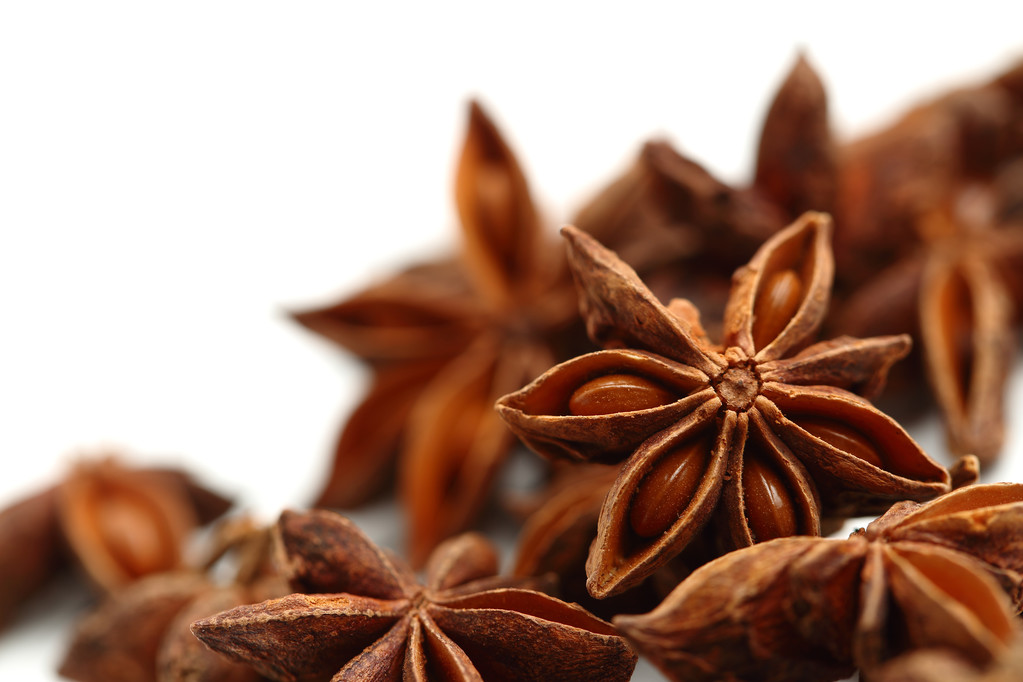Star chef Gordon Ramsay has a hot insider tip for your next visit to a restaurant: You should always reserve an extra seat. That’s really what’s behind it.
That’s how often go out to eat on average
The eating habits of are changing radically: Less and less people are cooking and eating at home. Convenience products, fast food and to-go shops in particular are becoming increasingly popular, since young adults aged between 20 and 34 place great value on convenience and low prices.
Nevertheless, nothing beats a pleasant evening in the restaurant with an inviting ambience and delicious dishes that you can’t buy anywhere else. “Besides, it’s much more about the atmosphere, the passion of the chefs, good service and the bar with tasty drinks,” says star chef Ramsay in an interview from Dubai.
Gordon James Ramsay is a radio and long-distance British chef, restaurateur, TV chef and cookbook author. The Gordon Ramsay Group operates 35 restaurants worldwide, including 15 in London. Four of the restaurants in operation have been awarded stars by the Michelin Guide (as of 2019).
In 2019, a survey by the opinion research institute YouGov showed that around 20 percent of people eat out two to three times a month, ten percent once a week – or even more often. And especially in times of Corona, going to restaurants is valued more again due to closures, reopenings and the 2G regulation, since it is not a matter of course for everyone to spontaneously go out to eat in a good restaurant.
Insider tip from the star chef: Why always reserve one more seat?
Especially if you want a cozy meal for two, it is a great advantage to reserve one more seat. Not only because at a table for two you can quickly end up in an uncomfortable place in the restaurant, but because a larger table is much more pleasant.
If you have reserved an additional seat, another person can spontaneously come along without having to change the reservation. This makes sense especially on birthdays when the number of people is still unclear. If there are actually fewer people than indicated, you have the better table – if more people come than reserved seats, the restaurant could already be full or you have to sit at different tables.
Another big advantage is that you have more space when eating to spread out food and drinks and there is no lack of space at the table for two.
The downside of only reserving for two
As romantic as the idea is: a candlelight dinner for just two people, with candlelight, good food and a good wine. A table that is only suitable for two people is usually quite small and fills the awkward corners of a restaurant.
A table for two is often in a cold corner seat, next to the toilets, or you are moved directly at the bar. Many restaurant owners want to save space in this way and give the better tables to larger groups – which of course makes perfect sense, but can quickly become uncomfortable for the guests at the table for two.
Tip: Take star chef Gordon Ramsay’s suggestion seriously – never reserve a table for just two people again. This saves you uncomfortable restaurant visits and you can spontaneously take one more person with you.







